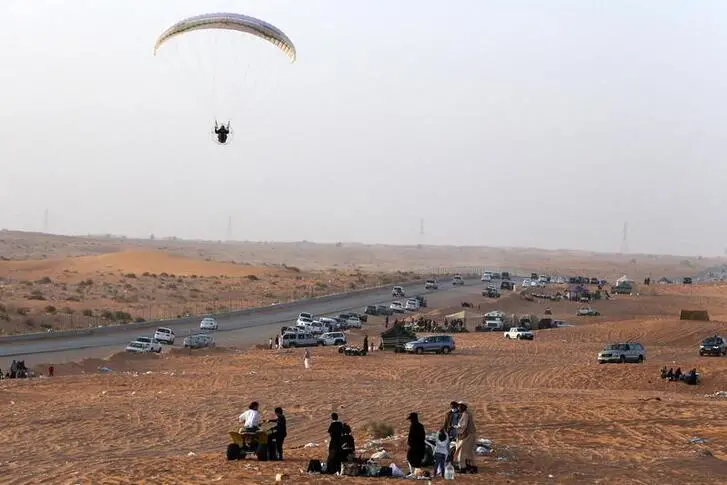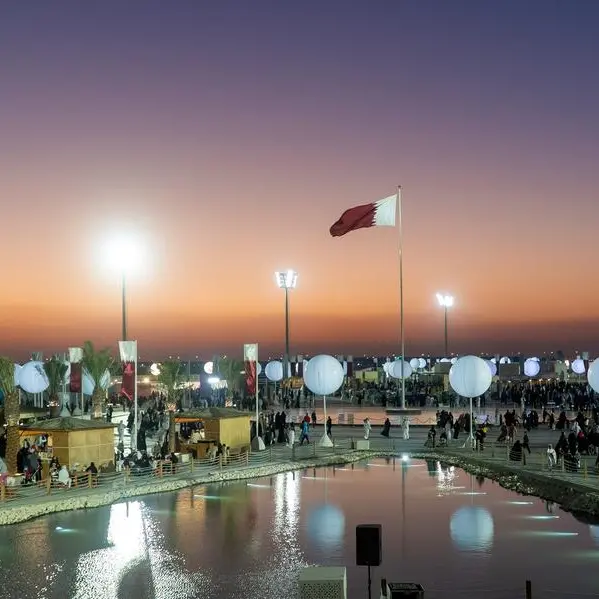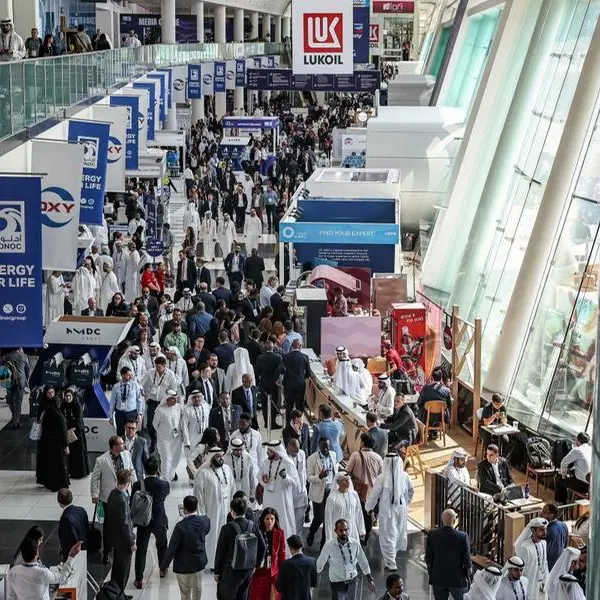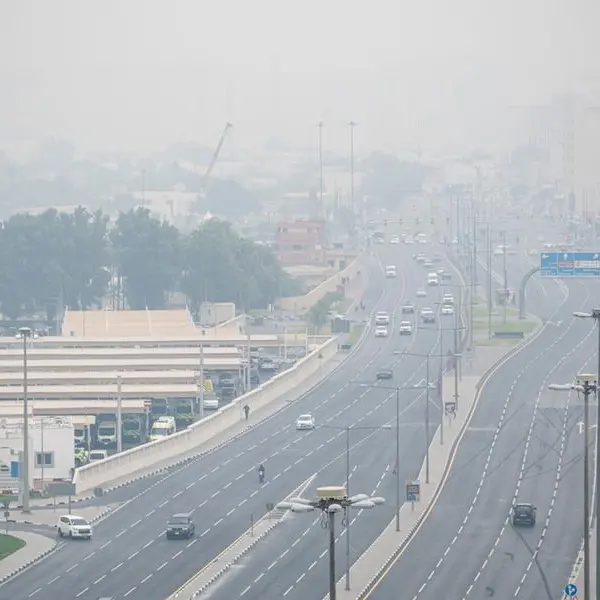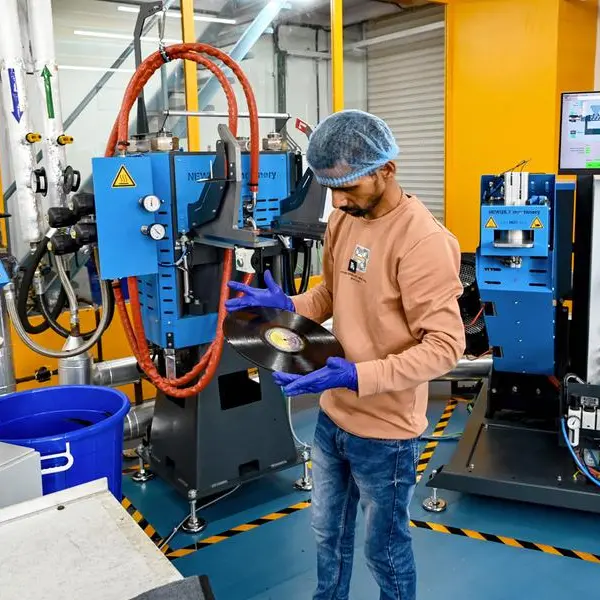PHOTO
Between November and March when seasonal winds ease, the desert offers the promise of adventure for hikers and nature lovers, while others prefer the relative comfort of road trips.
The vast sea of sand extends from the Al-Arid mountain range and nature reserve to Yadamah Province’s high Uruq Al-Mundafin.
Home to unique desert vegetation, the reserve is considered a sanctuary for a number of threatened desert species, such as the Arabian oryx, the Arabian red fox, the ostrich, the goitered gazelle and Arabian bustard.
Tourist guide Mohammed Al-Mustanir told Arab News that the Bedouin, with their rich social traditions and desert survival skills, are a major attraction for visitors.
“Raising camels is still their trademark, and they take care of their herds across the sandy regions from Uruq Bani Zabadah to Hamra Nathil,” he said.
According to Al-Mustanir, tourist groups visiting Najran in the past two years made the Empty Quarter and the archaeological sites of Hima wells a top priority.
“What distinguishes the Empty Quarter from other deserts is the difference of the sand dunes in terms of color, form and height,” he said.
HIGHLIGHTS
• The vast sea of sand extends from the Al-Arid mountain range and nature reserve to Yadamah Province’s high Uruq Al-Mundafin.
• Home to unique desert vegetation, the reserve is considered a sanctuary for a number of threatened desert species, such as the Arabian oryx, the Arabian red fox, the ostrich, the goitered gazelle and Arabian bustard.
• Another popular spot is the Sharurah’s Hamra Nathil, 400 km from Najran.
• Proof of its rich history can be seen through old wells found in the dunes of Al-Minkhali and Umm Al-Wahat, along with the wells of Khatma over 100 km away from Khibash Province.
Al-Mustanir’s tour kicks off 15 km from the airport at the nearest point to the Empty Quarter in Urq Bani Zabadah, where the golden dunes can rise as high as 80 meters.
Another popular spot is the Sharurah’s Hamra Nathil, 400 km from Najran. “It’s an important grazing land in the desert and is often frequented by camel owners because of its abundant grass and old wells,” he said.
Reem Al-Abdali, a project coordinator in Jeddah who visited Najran four years ago, said: “My older sister and I wanted to see the sights around the country. Najran has stayed with me the most due to the historical and archaeological sites, inscriptions on the mountains, the ancient castle and the beautiful waterfall park.”
Al-Abdali has no doubt that Najran will flourish as a tourist destination, as people will want to explore the desert and see more of the Saudi people’s rich heritage.
“Unfortunately, we didn’t venture into the Empty Quarter, but maybe in the future,” she said. “I believe the investment in tourism will definitely attract more people not just from foreign countries but locals as well.”
Contrary to popular belief, the desert is not totally isolated. Since ancient times the region has been home to nomadic Bedouins, while also offering a route for commercial caravans journeying from Yemen.
Proof of its rich history can be seen through old wells found in the dunes of Al-Minkhali and Umm Al-Wahat, along with the wells of Khatma over 100 km away from Khibash Province.
These wells bear witness to the numerous caravans traveling from south to north. The remains of dried lakes also highlight the region’s earlier biodiversity.
Copyright: Arab News © 2021 All rights reserved. Provided by SyndiGate Media Inc. (Syndigate.info).
